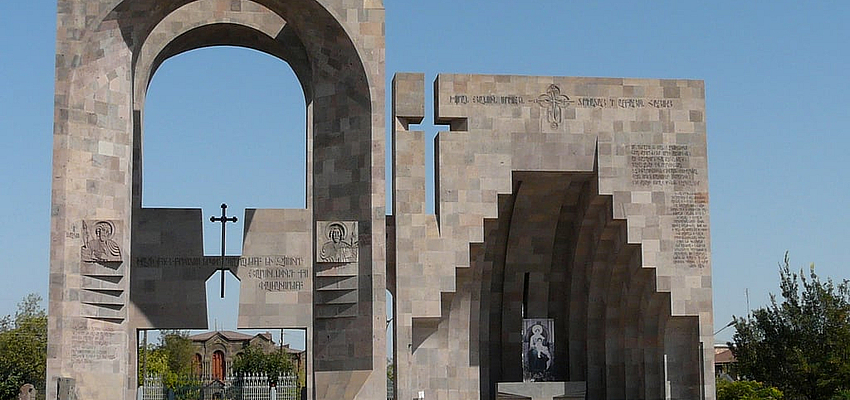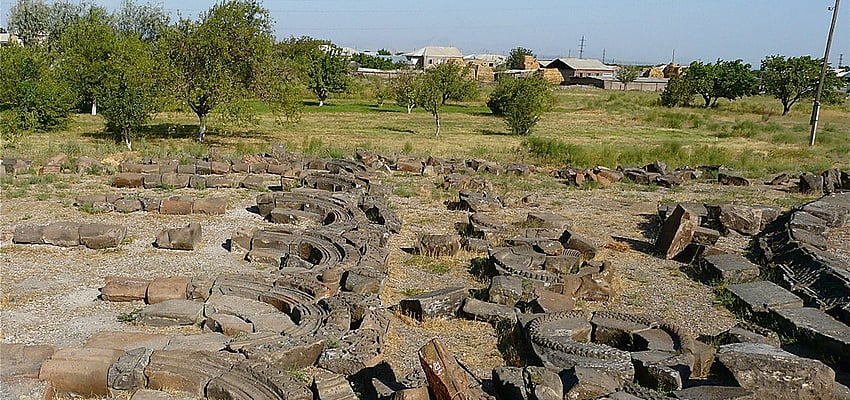


You can make the most of a trip to Armenia to make some fabulous discoveries In a part of the Caucasus which is still relatively unknown to travellers.
During your trip to Armenia you will discover a country that is not very big (a bit less than 30,000 square kilometres) which acts as a link between the desert and the high mountains. Armenia has borders with Georgia in the north, Azerbaijan in the east, Iran in the south and Turkey in the west. The highest peak in the country is Mount Aragats with an altitude of 4,090 m. Apart from high mountains, most of the rest of the country consists of high plains.
Armenia has a continental climate. So, depending on your altitude of course, it is very hot and dry in summer with temperatures regularly going above 40°C. On the other hand, in winter the temperatures are regularly below 0°C. If you don't want to experience temperatures that are too extreme, then the best time for going to Armenia is during May and June or during September and October.

Following the policy of deforestation in Armenia, numerous species have disappeared or are still threatened. In the forests that are left you will find oak, cherry, beech, hornbeam and wild roses. In the desert zones there are medicinal plants and herbs, as well as plum trees, pistachio trees, hawthorn, milk vetch, couch grass and acanthus.
The wildlife is rich and varied,. There are innumerable species of birds. There are lots of different animals in the forest, like dormice, squirrels, voles, deer and boar, and also lynx, bears, and wild cats. Be careful in the desert and in the heights, because in addition to inoffensive jerboas, mouflons, hawks and other raptors, you should watch where you put your feet as there are some big spiders, scorpions and vipers.